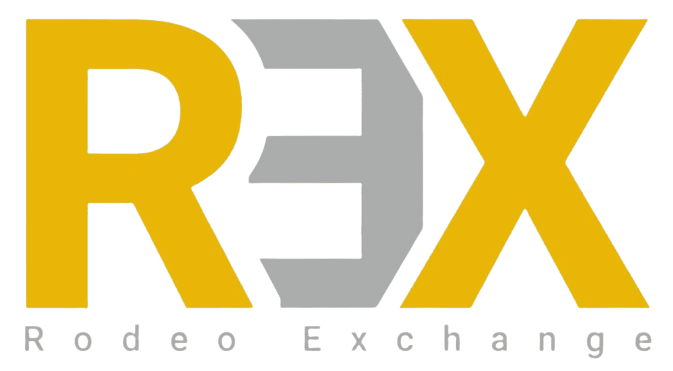A reverse 1031 exchange in real estate is a complex yet strategic maneuver that allows investors to defer capital gains taxes by acquiring replacement property before selling their existing property. This unique process essentially flips the traditional 1031 exchange timeline, providing investors with greater flexibility and potential benefits. Here’s how a reverse 1031 exchange works:
Initial Property Identification:
In a reverse 1031 exchange, the investor first identifies the replacement property they intend to acquire. This property is referred to as the “parked property.”
Qualified Intermediary (QI) Engagement:
Purchase of the Parked Property:
The QI acquires the parked property on behalf of the investor. The investor funds the acquisition and covers related costs.
Safe Harbor Period:
The IRS allows a 180-day safe harbor period for the investor to sell their relinquished property. This timeline begins on the date of acquiring the parked property.
Selling the Relinquished Property:
During the safe harbor period, the investor must sell their relinquished property. The sales proceeds are held.
Acquiring Replacement Property:
After selling the relinquished property, the investor identifies the replacement property they wish to acquire using the funds.
Exchange Completion:
Once the investor identifies the replacement property, reverse 1031 exchange facilitates the transfer of the replacement property title to the investor.
1031 Exchange Rules and Regulations:
The must adhere to specific IRS rules and regulations. For instance, the properties involved must be “like-kind,” and the investor must follow the identification and exchange timelines.
Capital Gains Tax Deferral:
By following the process, the investor can defer capital gains taxes that would have been due upon selling the relinquished property.
Potential Benefits:
A reverse 1031 exchange provides investors with the advantage of acquiring replacement property without the pressure of a rushed sale of their current property. It also allows them to secure a desirable replacement property before it’s off the market.
Complexity and Expertise:
Due to its intricacies, they requires the guidance of tax and real estate professionals well-versed in the process. It’s important to note that while a reverse 1031 exchange offers valuable benefits, it also entails risks and complexities. Investors should thoroughly understand the process, consult professionals, and carefully evaluate whether it aligns with their financial and investment goals.

